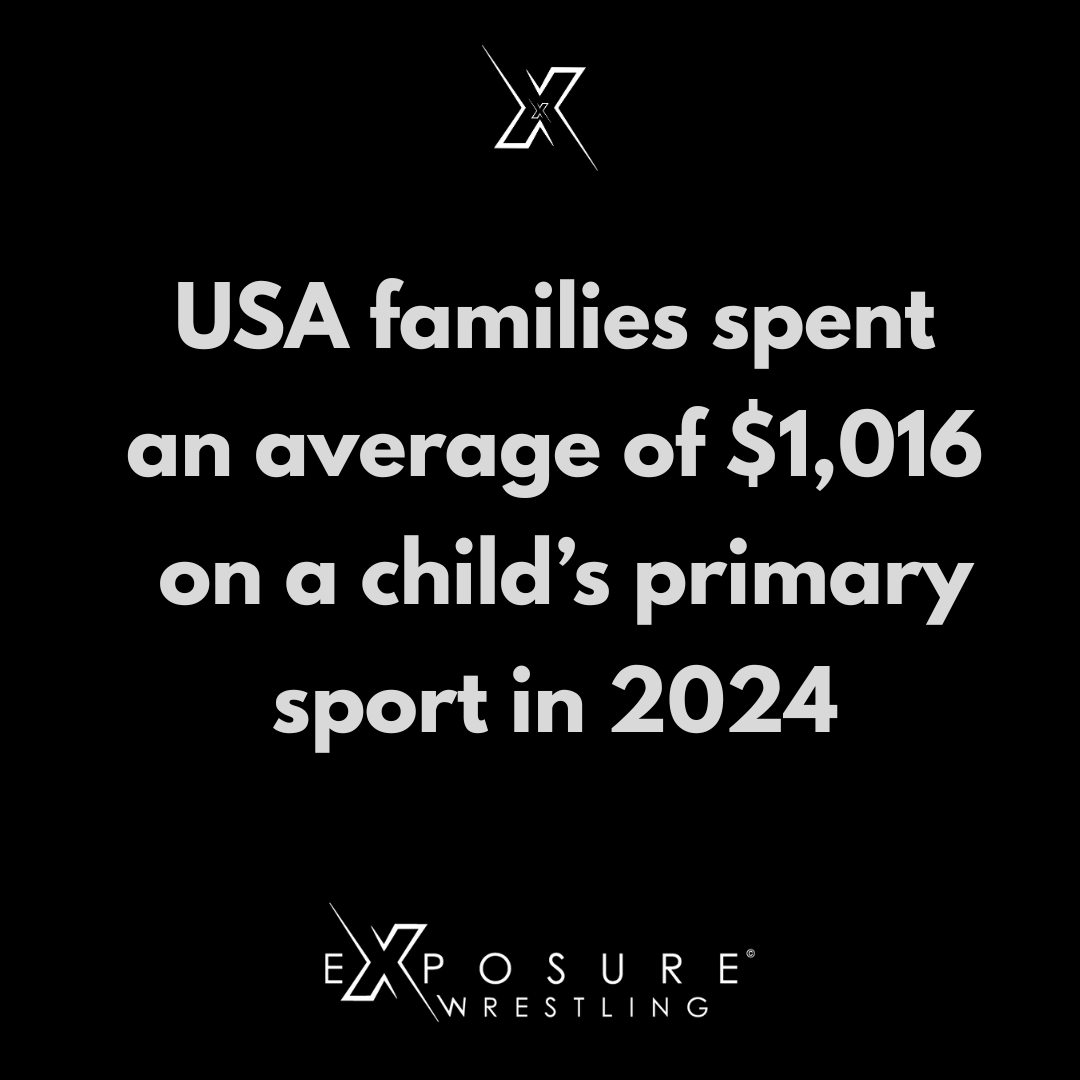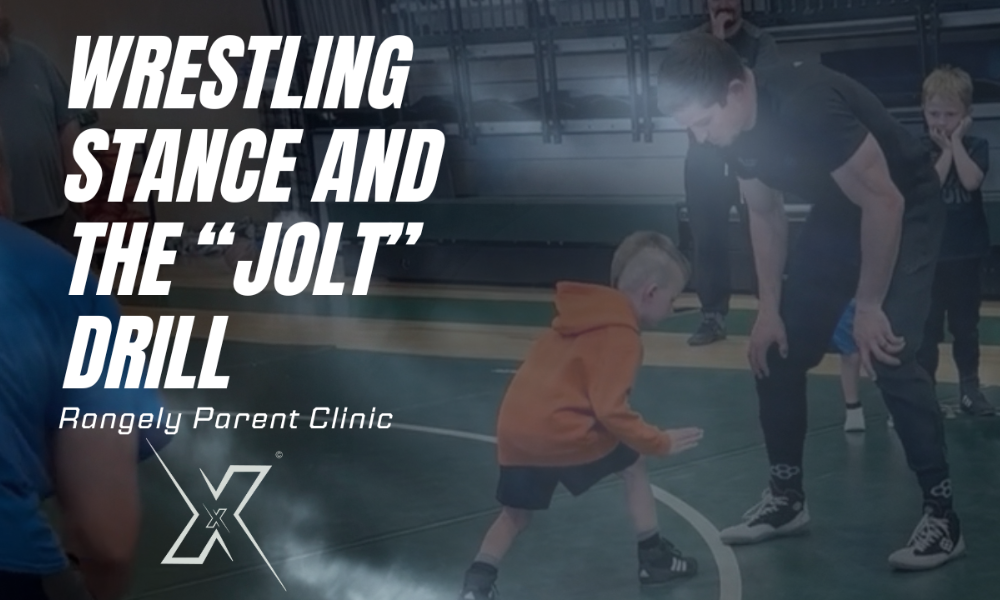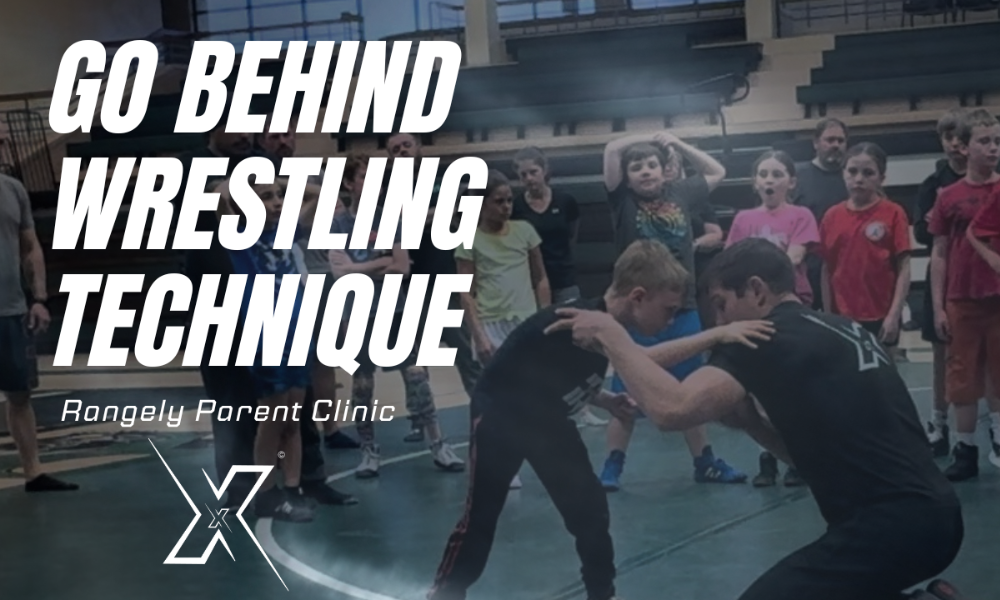Wrestling looks intense, but the first season can be simple and fun. With a little planning, your child can learn the basics, make friends, and discover a sport that builds confidence fast. This guide keeps things straightforward so parents and kids can read it together.
What Kids Really Learn on the Mat
Wrestling teaches problem solving while tired. It builds balance, body control, and focus. Kids learn to handle nerves, try again after a mistake, and show respect before and after a match. They also learn patience, listening to coaches, and supporting teammates. The scoreboard matters less than the habits that form at practice. Show up. Work hard. Get better.
The Current Picture of Wrestling in the Unites States
Participation is strong and growing. In the 2024 to 2025 school year, high school sports reached record levels across many activities, and girls wrestling passed 74,000 participants for the first time. More schools now sponsor the sport, and more families see a place for their athletes on a team.
Clubs are busy too. USA Wrestling reported a membership record in 2025 with more than 345,000 members during the year. That includes athletes, coaches, and officials across local clubs and events. T
Families continue to watch costs, and it helps to plan ahead. The Aspen Institute found that U.S. families spent an average of $1,016 on a child’s primary sport in 2024. That number includes fees, travel, equipment, and other basics, and it has risen compared with a few years ago.
Gear Checklist for Beginners
Start with essentials, then add extras later.
- Wrestling shoes. A snug fit is more important than brand. Try them on with the socks your child will wear in practice.
- Headgear. Most youth events require it. Comfort matters because kids wear it a lot.
- Uniform. Many programs allow either a singlet or a two piece set. Ask the club what looks best for your team photos.
- Water bottle and light snacks. Think fruit, yogurt, or a simple sandwich for tournament days.
If your program has a gear closet, borrow first. Once you know sizes, shop sales or local exchanges. The budget tip that saves the most is simple. Buy what your child will use every week, then see what the team already has for loan.
How the First Season Flows
Weeks 1 to 2. Learn the basics.
Coaches teach stance, motion, and level change. There is a lot of crawling, rolling, and learning how to fall safely. Games keep the energy high and help new athletes relax.
Weeks 3 to 6. Add a few go to moves.
Most beginners learn a single leg or double leg, a stand up from bottom, and one safe turn from top. Practice repeats these moves many times. That is how they stick.
Weeks 6 to 10. Try a local tournament.
You will check in, weigh in, and wrestle a few short matches. There is waiting between rounds, so pack a hoodie, a book, and snacks. Kids learn how the day works and what to practice next week.
Weeks 10 and beyond. Build routine.
Athletes start to chain moves together. They learn to hand fight with purpose, keep a solid head position, and get to their feet quickly from bottom. Confidence grows with each whistle.
Parent Wrestling Playbook
- Ask about effort first. Try questions like, What did you try today, or What was hard and what was fun
- Praise courage. Walking to the center circle is brave, especially the first time.
- Keep post match talks short. A high five, a sip of water, and one specific note is often enough.
- Be early and prepared. Tournaments start early. Pack snacks and extra socks.
- Mind the sleep plan. Bedtime matters more than gear.
If you want a simple yardstick, use effort, attitude, and attendance. Those three turn into skills and wins later.
For Kids: Three Easy Habbits That Pay Off
- Stance everywhere. You can practice stance and motion at practice and at home for one minute at a time.
- Pop up fast. From bottom, move at the whistle and work back to your feet. Little bursts add up.
- Breathe on purpose. When a match gets wild, take one steady breath. You will think clearer and wrestle better.
What a First Wrestling Tournament is Like
The gym is loud and busy, and it can feel crowded when you first walk in. After check in and weigh ins, find your mat assignment and a spot to relax. Drink water, review a simple warm up, and keep an eye on the brackets or the staging table. Sit with teammates, watch a few matches, and cheer for your club. The waiting usually takes longer than the match.
When your name is called, walk to the table, shake hands, and listen for the whistle. Focus on one thing you practiced, like good stance or a fast first move from bottom. Between periods, breathe and listen to your coach. Win or lose, you will leave with a short list of things to try next week. That steady feedback loop is how confidence grows.
Picking the Right Wrestling Program
Visit a practice before you commit, and talk with the head coach about goals and safety. Ask about certifications, background checks, and how beginners are paired by size and experience. Look for a simple curriculum that teaches stance, motion, and a few core moves. Younger kids should have their own group so they can learn at the right pace without pressure.
Watch the tone during live wrestling. Coaches should use clear, positive language and correct safely. Parents should model respect for officials and other teams. Ask about communication, including practice calendars, fees, and tournament plans. A good room explains expectations and welcomes questions. Try a short trial, then ask your child how they felt. The right program will feel friendly and focused at the same time.
Safety and Recovery Made Simple
Good rooms warm up, move, and cool down every day. Coaches should teach a steady ramp into practice with light jogging, mobility, and stance work. After live goes, finish with easy breathing and stretching. Keep nails trimmed, wear clean gear, and use headgear if required. If something hurts in a sharp or strange way, tell a coach or parent right away. Soreness happens. Pain that changes how you move needs a check in.
Sleep and hydration are your best recovery tools. Aim for a regular bedtime and water at meals and practice. Eat simple foods that you already know sit well. Ice and gentle mobility help after long days. A short walk can loosen tired legs. Watch for headaches, dizziness, or unusual fatigue. If symptoms linger, rest and talk with a coach or healthcare professional before returning.
Nutrition for Practice and Match Day
Keep it simple and familiar. On practice days, think lean protein, vegetables, fruit, and water. A small snack one to two hours before practice works well, like yogurt with berries or a turkey sandwich. After practice, add protein and carbs to help recovery. Avoid heavy or greasy foods that sit poorly.
On tournament mornings, a light breakfast and water are best. Between matches, small snacks beat big meals. Try bananas, applesauce, pretzels, or half a sandwich. Sip water regularly rather than chugging. Save new foods for home, not for the morning of a bracket. Simple fuel keeps energy steady.
How to Keep Costs in Control
Plan your season around local events and pick a few key tournaments. Talk with the coach about which meets fit your child’s level. Share rides and hotel rooms when travel is required. Carpool with teammates to practices as well. Trade or borrow gear when possible. Many clubs run swap nights where families exchange shoes and singlets. Buy only what your child will use every week.
Keep private lessons for later, when your child knows what they want to improve. Track fees, travel, and gear in a simple spreadsheet. Set a monthly budget and review it after each event. The data shows costs can rise quickly in youth sports, so planning ahead helps you avoid surprises. A clear plan keeps the focus on effort and fun, not on bills.
Quck Wrestling Glossary for Families
- Neutral. Both wrestlers start on their feet.
- Top and bottom. One athlete starts on top with control. The other starts on bottom and tries to escape.
- Escape. One point for getting away and facing your opponent.
- Takedown. Two points for taking your opponent to the mat and gaining control.
- Near fall. Extra points when you hold your opponent on their back for a count.
- Stall. A call to keep the action moving.
Looking Ahead to the First Season
If your child is trying wrestling for the first time, you do not need to know everything on day one. Keep the tone positive. Encourage effort and learning. Let practice do the heavy lifting. The sport rewards small, steady steps. One stance at a time. One whistle at a time. Ask simple questions after practice and celebrate small wins. Trust the routine and be patient with nerves. Consistency beats intensity for beginners. Your job is support. Show up with a water bottle and a smile.






